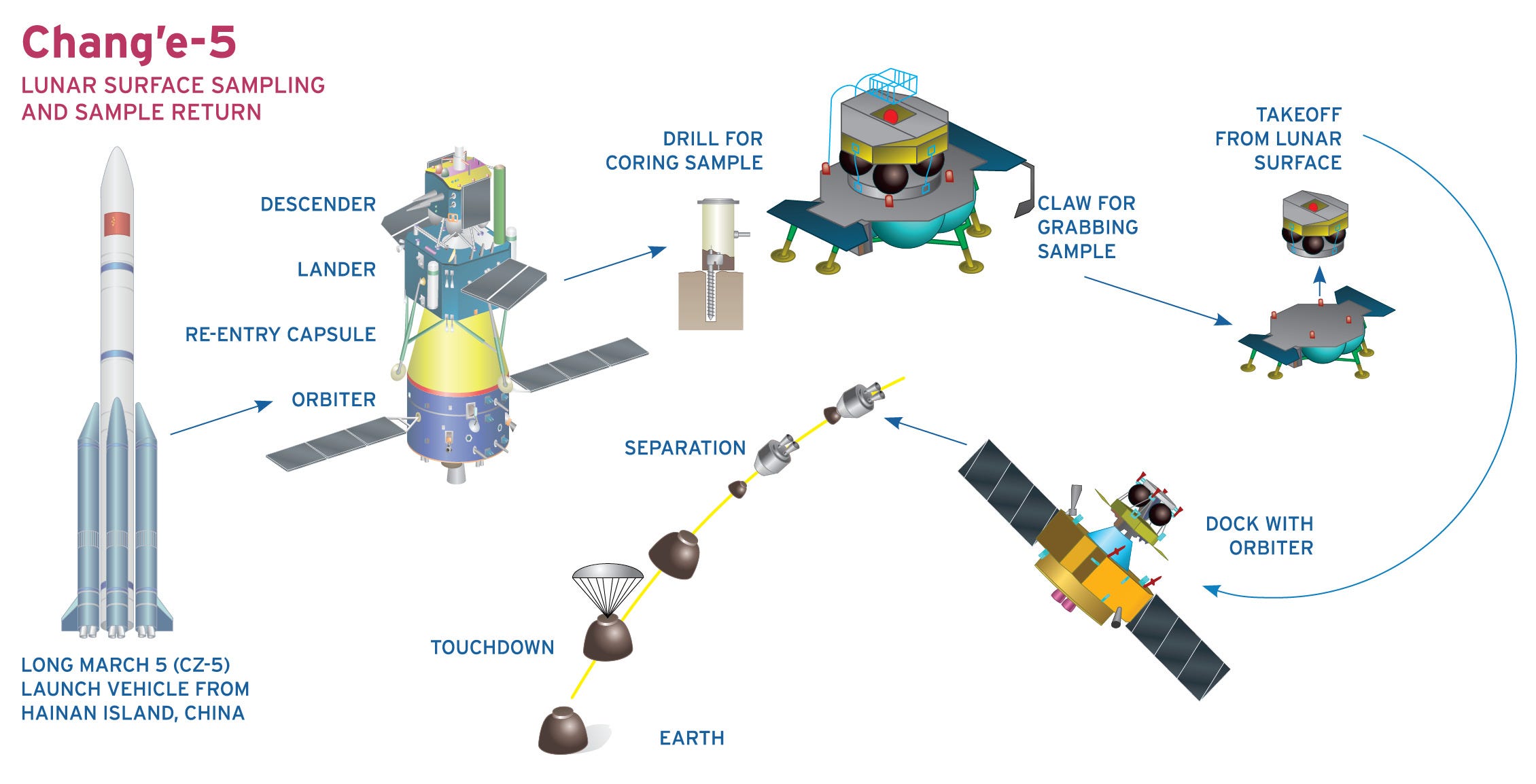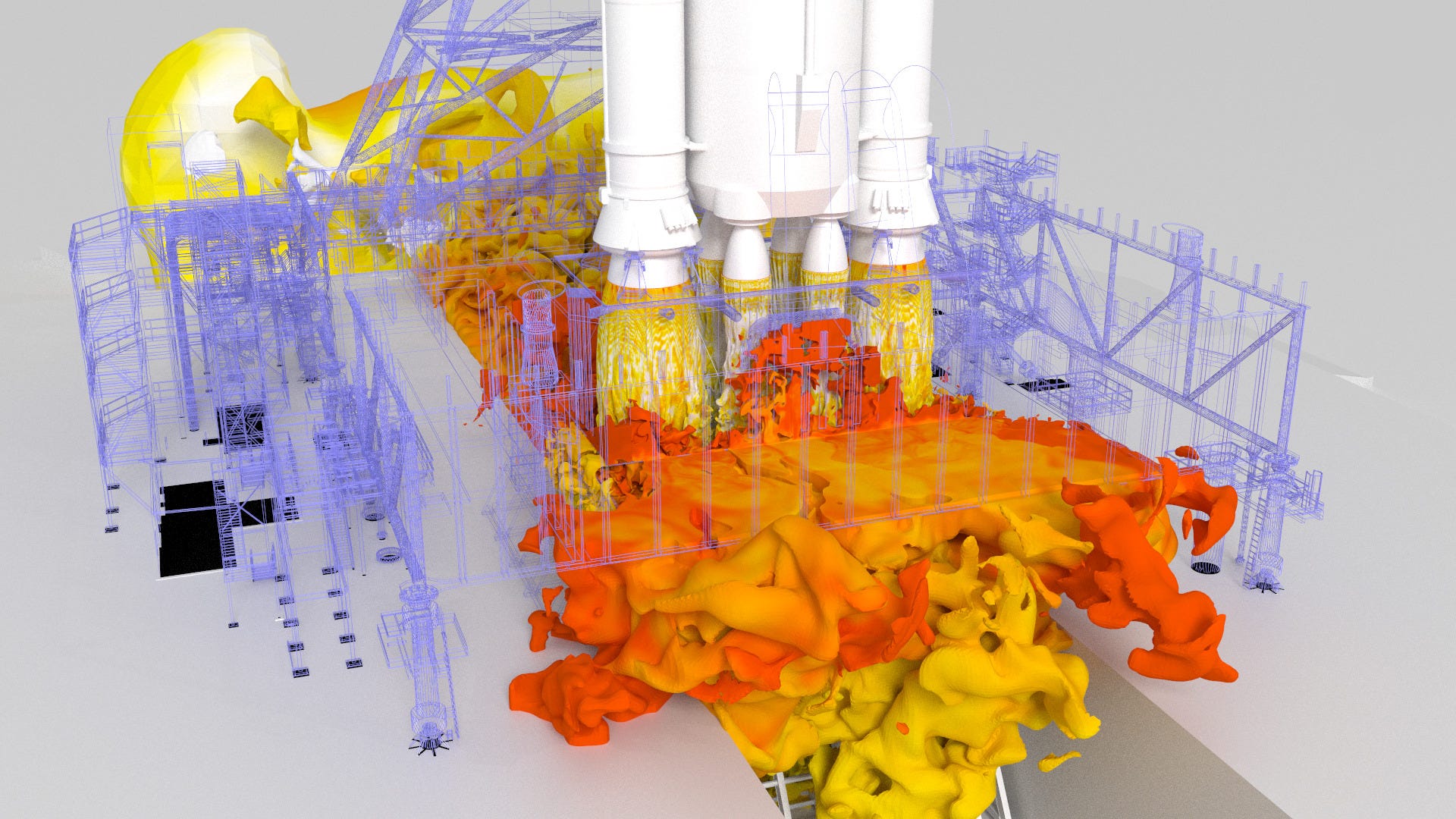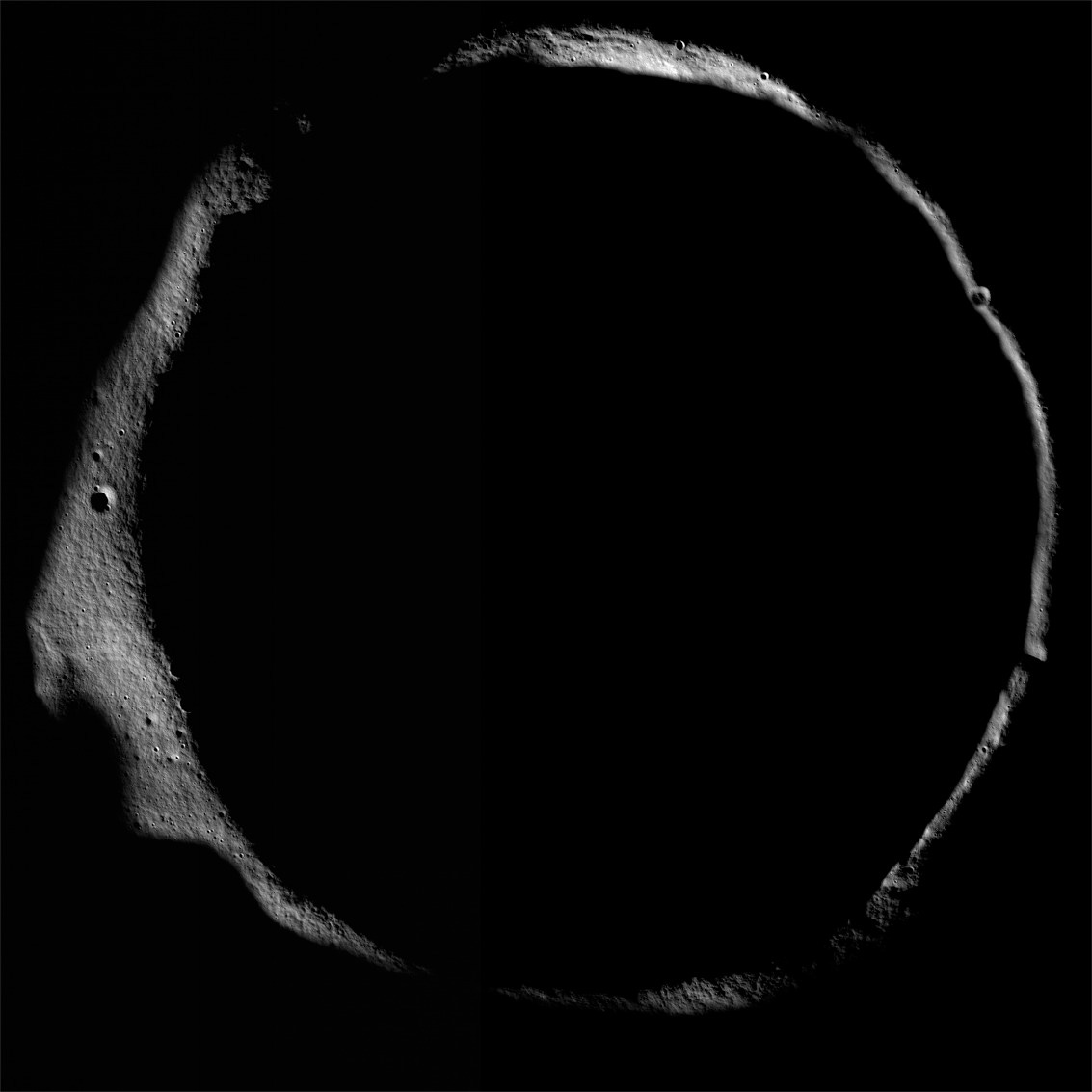Moon Monday Issue #2
Chang’e 5 to return Moon samples, SLS progressing, ESA plans lunar habitats, new science maps, and more developments in the lunar space.
Highlight

China is set to launch the Chang’e 5 spacecraft to the Moon today, November 23, 2020, around 20:00 UTC. The aim of China’s third lunar landing mission is to bring up to two kilograms of samples from Rümker, a geologically young and unique region. More about the mission:
Paper presenting a comprehensive geologic map of the landing region
Drilling tests on lunar regolith simulants for the mission
Technical overview of the mission by Dr. Jim Head, Brown University:
Chang’e 5’s sampling system developed by researchers at The Hong Kong Polytechnic University can withstand temperatures up to 200 degrees Celsius and can collect both loose and sticky lunar regolith. The samplers have near-field cameras for vision guidance during sample acquisition. Once the samples are acquired, the lander’s robotic arm will, through vision guidance, pull out the containers safely and place it into the ascent vehicle.
Exploration
To launch the Artemis I mission to the Moon by November 2021, NASA is preparing to perform the remaining two of the Green Run Checklist tests on its SLS rocket engines. NASA is targeting the week of December 7 for the wet dress rehearsal of the engines and the week of December 21 for the hot fire test of all four engines.
In order to protect the launch complex from being damaged by the intense pressure waves created by SLS’ rocket engines, engineers have developed a comprehensive simulation suite that can replicate a launch environment digitally. This includes the rocket as well as the gas, liquid, and shockwaves it creates, and the 1,500,000 liters of water dumped through suppression systems.

Before any Artemis astronauts live on the NASA-led international Lunar Gateway station in lunar orbit, ESA will be sending a radiation detector suite on the first modules that make the Gateway. The suite will measure energetic charged particles from the Sun, galactic cosmic rays, neutrons, ions, and magnetic fields. Monitoring these particles will tell us about the nature of radiation in the lunar environment, and better evaluate risks posed by it to astronauts and mission hardware.
As part of the Moon Village initiative, ESA has released a detailed design study of their proposed Lunar Habitat Module. This semi-inflatable habitat can host four astronauts for up to 300 days on the lunar poles, the latter being a focal point of interest for every space agency wanting to establish permanent human presence on the Moon.

Supported by a $5.8 million NASA Tipping Point contract to overcome the power challenges on the Moon’s surface, WiBotic is working on a wireless charging system for lunar rovers. Astrobotic, one of its partners in the project, aims to use this system on its own lightweight lunar CubeRover in a future flight.
NASA has selected five winners for their Advanced Lightweight Lunar Gantry for Operations (ALLGO) challenge. The selected concepts offer efficient ways to transport cargo on the Moon and unload supplies, something NASA is considering as it works toward sustainable lunar exploration under the Artemis program. NASA will evaluate these concepts further on how to incorporate the ideas into a low-cost prototype, and compare it to more traditional designs.
The Luxembourg Space Agency along with ESA announced the creation of the “European Space Resources Innovation Centre”, or ESRIC. The organization is purpose-built to provide expertise on business and economic aspects related to the use of space resources for human and robotic exploration, as well as for a future in-space economy.
Science
Using data from NASA’s twin GRAIL spacecraft and topography information from NASA LRO, scientists have produced the most refined models yet of the Moon’s gravitational field as well as of variations in the crust’s density. These models should be an asset for future Moon missions as well as for guiding physical scientific exploration by surface missions.
NASA will send a radiation package on the first modules that make the Lunar Gateway. The instrument suite will measure low energy charged particles in the Earth’s magnetotail as and when the Moon passes through it briefly in every orbit. Since the instruments are similar to NASA’s THEMIS pair of Moon-orbiters, data from the three instrument suites in different locations will provide a rare opportunity to reconstruct changes in the solar wind over time.
European scientists and engineers have built an engineering prototype of a robotically deployable lunar station and demonstrated its operations in a Moon analogue field test on Mt. Etna in Italy. The station will take long term geophysical or astronomical observations on the Moon and is being designed to survive cold lunar nights without having to use expensive and bulky radioisotopic heating units.
More Moon
Astrobotic's first Moon landing mission scheduled for launch in July 2021 with NASA payloads onboard will also be carrying cremated remains of renowned science fiction writer Arthur C. Clarke.
NASA is looking for ideas for its Break the Ice Challenge on how to excavate icy regolith from ultra-cold permanently shadowed regions on the Moon’s poles and deliver it to a hypothetical processing plant nearby. A total amount of $500,000 will be awarded to the top concepts and they’ll qualify for another round. To participate, register and submit your proposals by June 18, 2021.

Here’s an ultimate guide to water on the Moon, answering questions like how was the water discovered, what types, how does it even exist, where did it come from, how much is there, why should we care for it, how have we explored, what challenges lie ahead and what future missions are planned related to it. By yours truly. ;)
Like my work? Support me.
